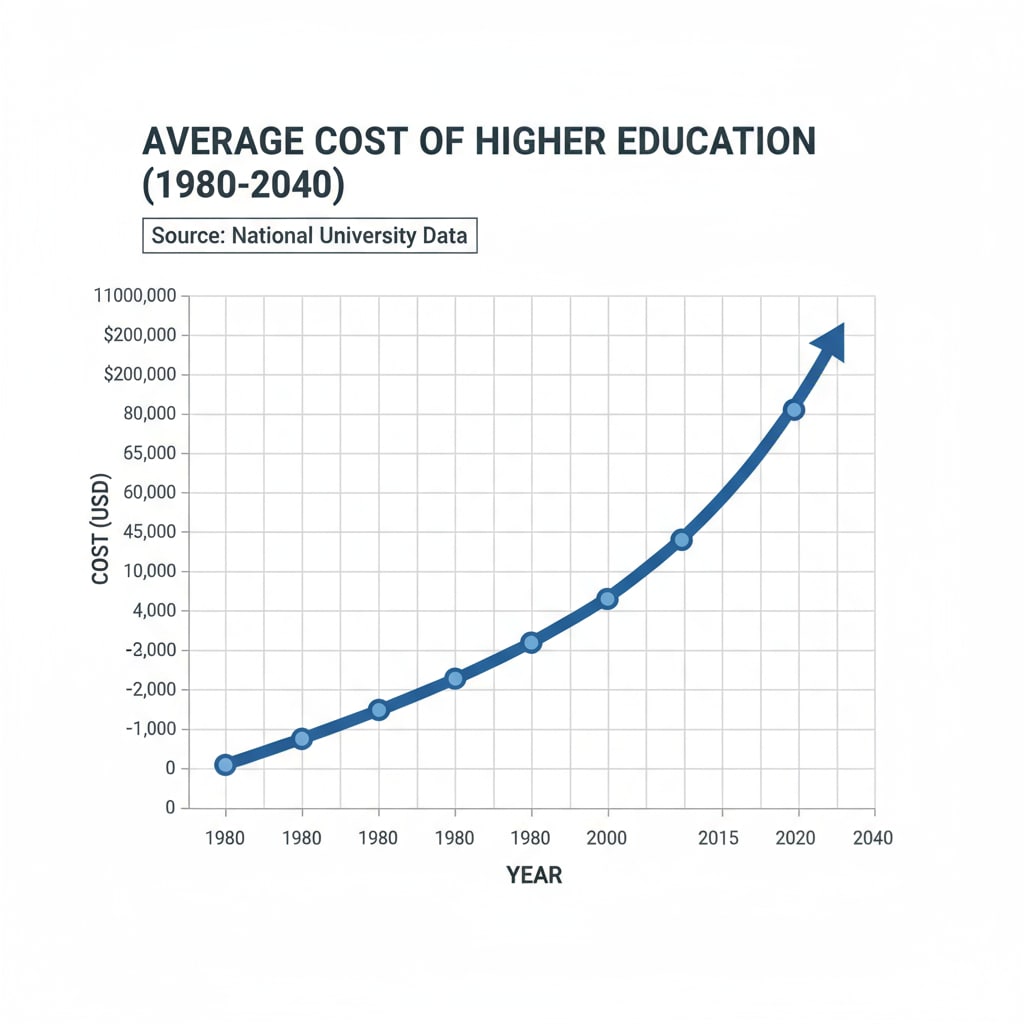In today’s society, the topics of higher education, return on investment, vocational and technical education, and job mismatch have become crucial subjects of discussion. For a long time, obtaining a university degree has been regarded as the golden ticket to success. However, as the job market evolves, it’s essential to reevaluate this perception.

The Traditional Higher Education Path and Its Investment Return
Traditional higher education, typically in the form of a four-year university degree, has long been the preferred choice for many students. Parents and students often invest a significant amount of time and money into this path, believing it will lead to high-paying jobs and a prosperous future. According to data from the National Center for Education Statistics, the cost of attending a four-year public university has been steadily increasing. But does this substantial investment always translate into a high return? In many cases, graduates find themselves facing a competitive job market, with a high rate of job mismatch. Many end up in positions that don’t fully utilize their degrees, which questions the true return on investment.

The Value of Vocational and Technical Education Paths
On the other hand, vocational and technical education offers a different route. These programs are designed to equip students with practical skills that are in high demand in the job market. Fields such as plumbing, electrical work, and nursing are examples where vocational training can lead to stable employment quickly. As stated by the Bureau of Labor Statistics, many of these occupations have a low unemployment rate and offer competitive salaries. Vocational and technical education also often requires a shorter time commitment and lower financial investment compared to a traditional university degree, providing a potentially higher return on investment in terms of time and money.
It’s clear that both higher education and vocational and technical education have their own merits. The K12 education system should play a crucial role in guiding students to make informed decisions. Instead of pushing students solely towards a university degree, it should expose them to a wide range of options, including vocational and technical paths. This way, students can choose the education path that best suits their interests, skills, and future career goals, ultimately leading to a more fulfilling and successful professional life. Readability guidance: Here, we’ve used short paragraphs to present clear points. Each H2 section has a focused discussion. The passive voice is minimized, and transition words like ‘however’ and ‘on the other hand’ are used to connect ideas smoothly.


